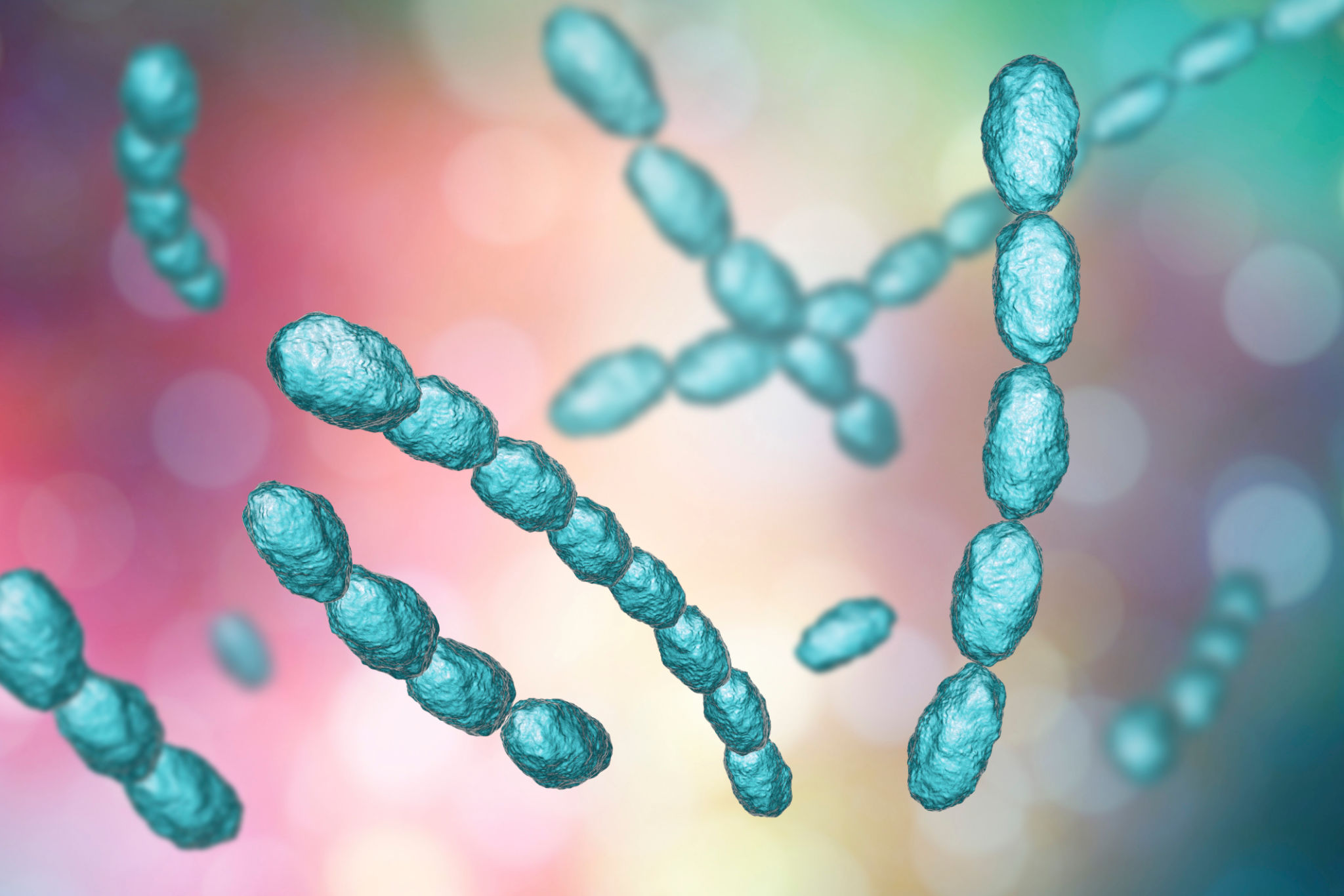What is Chancroid
Chancroid is a highly contagious yet curable sexually transmitted disease (STD) caused by the bacteria Haemophilus ducreyi. Chancroid causes ulcers, usually of the genitals. Swollen, painful lymph glands, or inguinal buboes, in the groin area are often associated with chancroid. Left untreated, chancroid may facilitate the transmission of HIV.

How do people get chancroid?

-
Chancroid is transmitted in two ways:
- sexual transmission through skin-to-skin contact with open sore(s).
- non-sexual transmission when pus-like fluid from the ulcer is moved to other parts of the body or to another person.
A person is considered to be infectious when ulcers are present. There has been no reported disease in infants born to women with active chancroid at time of delivery.
What are the symptoms of chancroid?
- Symptoms usually occur within four days to ten days from exposure. They rarely develop earlier than three days or later than ten days.
- The ulcer begins as a tender, elevated bump, or papule, that becomes a pus-filled, open sore with eroded or ragged edges.
- The ulcer is soft to the touch (unlike a syphilis chancre that is hard or rubbery). The term soft chancre is frequently used to describe the chancroid sore.
- The ulcers can be very painful in men but women are often unaware of them.
- Because chancroid is often asymptomatic in women, they may be unaware of the lesion(s).
- Painful lymph glands may occur in the groin, usually only on one side; however, they can occur on both sides.
Treatment

- Chancroid can be treated effectively with several antibiotics. Chancroid is one of the genital ulcer diseases associated with an increased risk of transmission of the HIV, the cause of AIDS.

